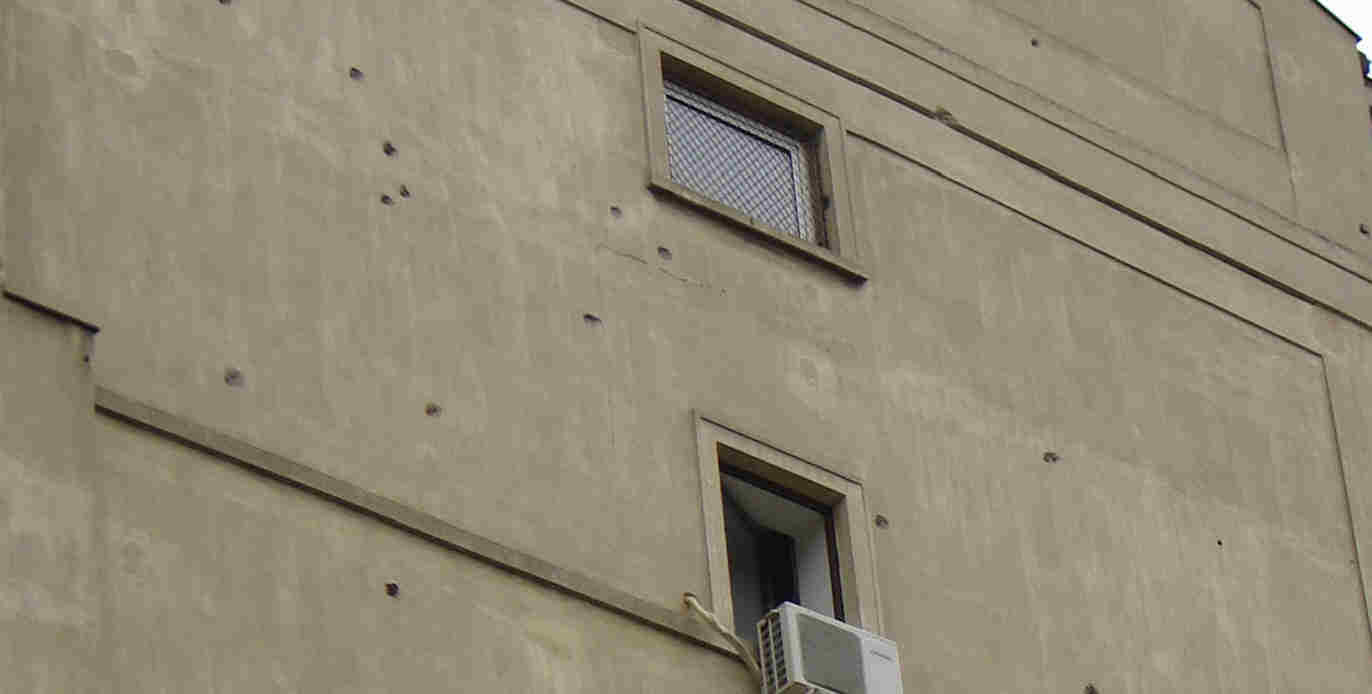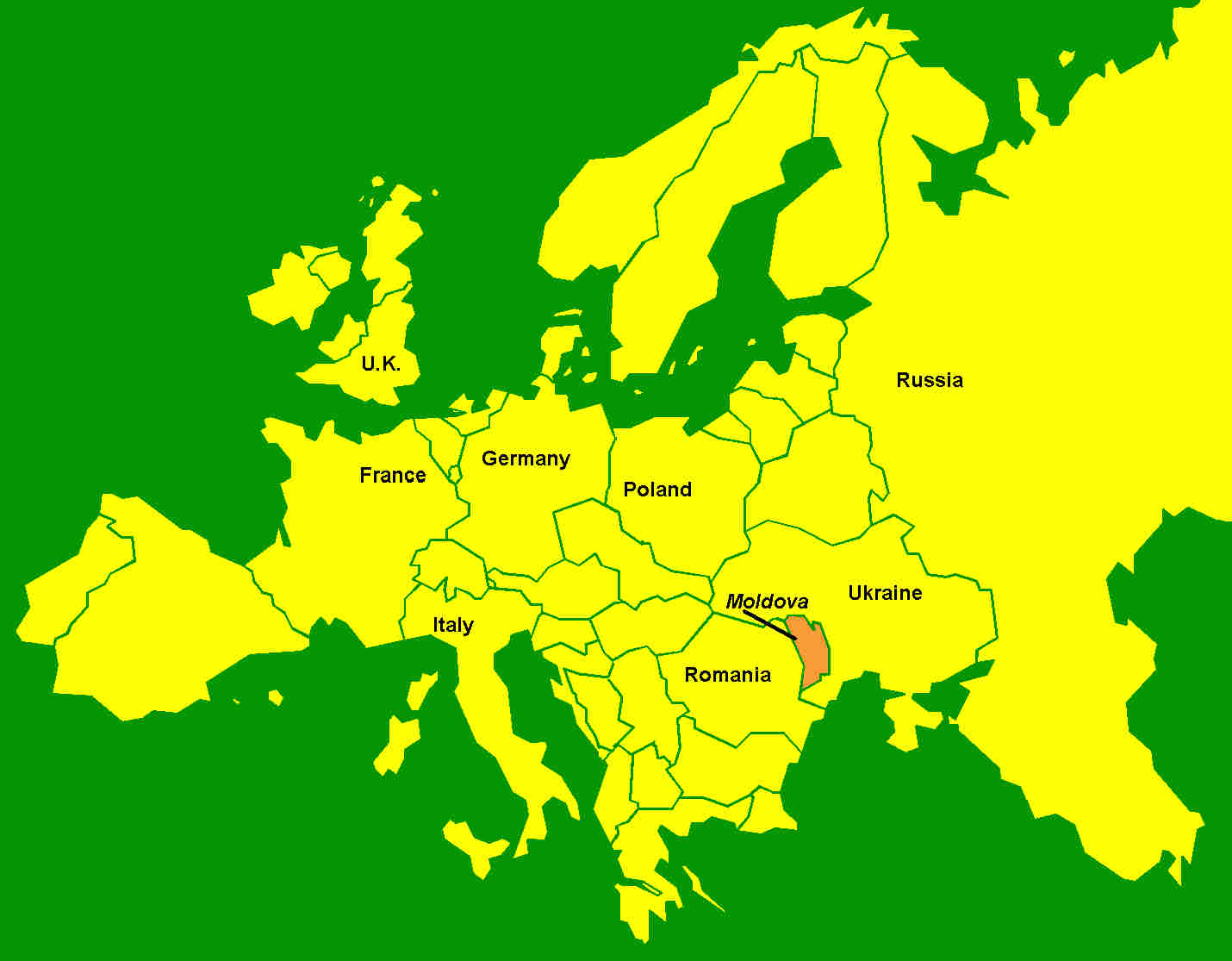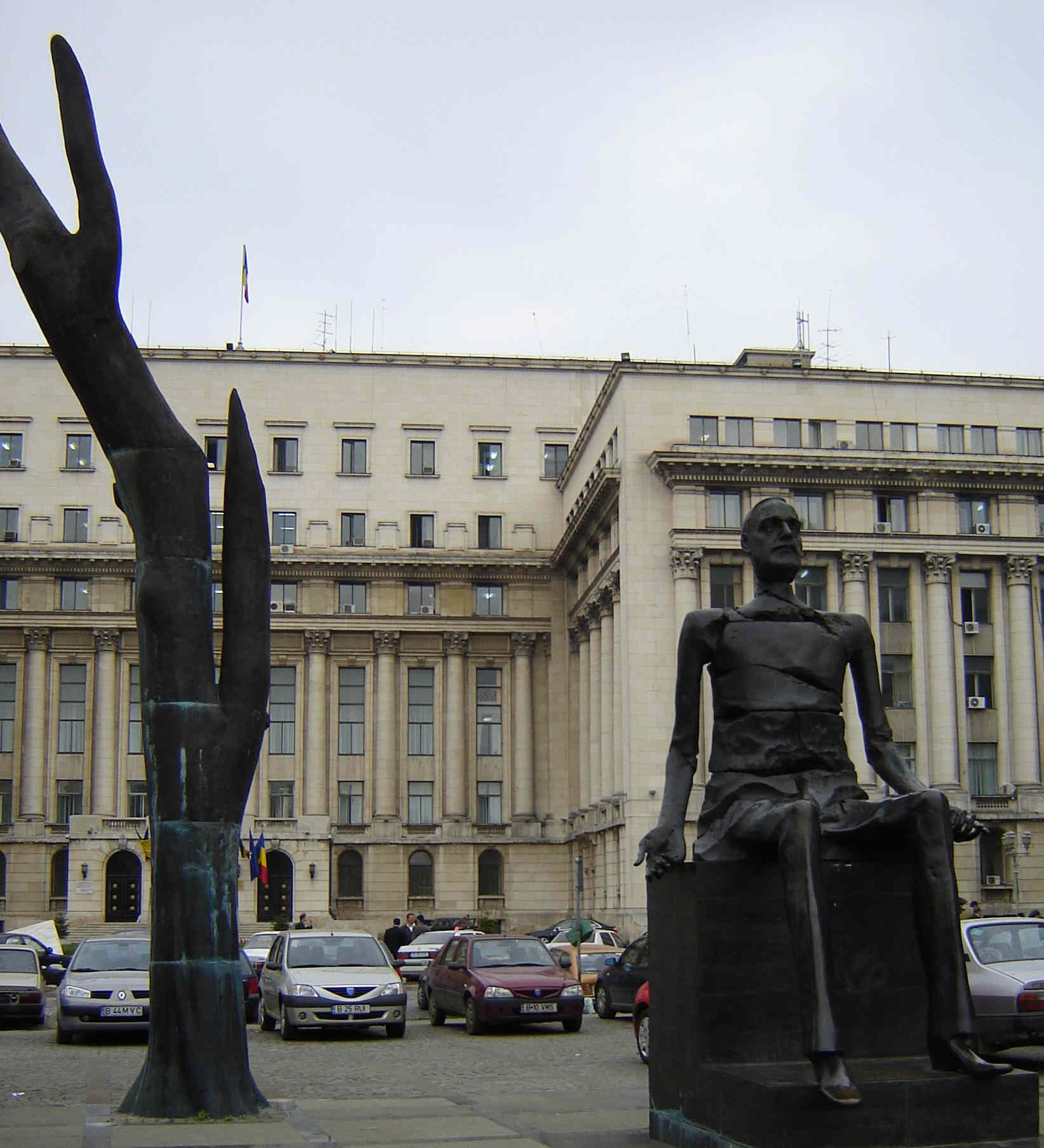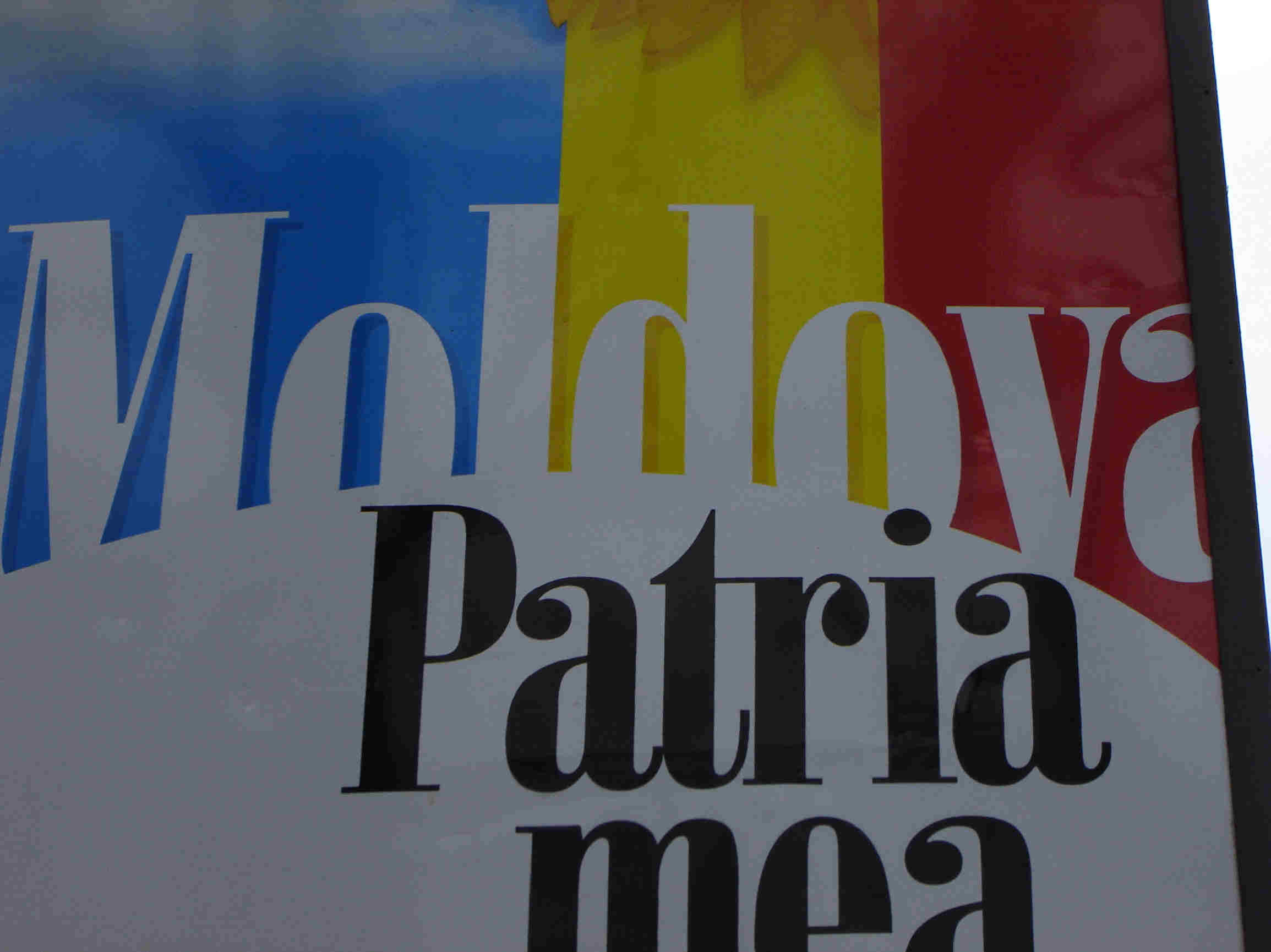| 29 April...A Quick trip to Bucuresti...with
Lee, we were off to the capital of Romania for 60 hours (including 28
hours on the train). The train itself was an experience as we
spent several hours having each train car hoisted and then having the
carriages switched from Soviet gauge to Western gauge rail at the
Moldovan-Romanian border. Soviet rail gauges are wider than other
places in the world, to make a rail invasion from the west more
difficult. I had read a lot about Bucharest (Bucuresti
in Romanian) and wanted to see the city that was the scene of the
bloodiest struggle to overthrow a Communist dictator of the 1989
revolutions. Romania had allied with the Nazis in the first half of
World War II and then switched its allegiance to the allies toward the
end. That last minute switch did not save it from being invaded
and occupied by the Soviets who installed a Communist regime in 1946.
Differently than in other eastern bloc countries, the Romanian leader,
Gheorghe Gheorghiu-Dej was successful in making a break with Moscow in
the 1950s but the break only extended to a "re-Romanization" of the
country (swapping street names, restoring Christian holidays, etc).
Romania remained a brutal Communist police state under Dej and his
successor, Nicolae Ceausescu until 1989.
Ceausescu was among the most brutal dictators the world has seen in
recent times.
He was known for poisoning rivals, torturing dissidents, and
annihilating villages to suit his particular objectives. Under his
regime, some Romanians were injected with cancerous cells as punishment
for misdeeds against the state. He bulldozed the southern section
of Bucharest to make way for a monstrous seat of government that was
ironically called "The House of the People." The process of
resettlement of people was done in a manner where individuals had to
flee their houses with whatever they could carry, leaving pets behind
(and a stray dog problem that continues to today). He also ordered
the confiscation of food from farmers to be sold abroad (good for
Romania's balance of trade, bad for starving people). His wife,
Elena, was made head of the university system and was equally ruthless.
All said, few would mourn their eventual demise.
After successful revolutions in Hungary, Czechoslovakia, East
Germany, and other neighboring countries, revolution came to Romania in
December of 1989. As protestors marched in central Bucharest,
barricades were installed to insure that the protestors, mostly
students, could not retreat and bullets were fired with over 1,000
protestors being killed. Ceausescu tried to control the media but
ultimately the revolutionaries took control with the aid of military
units that had begun to defect. Ceausescu and his wife fled the
city but they were apprehended by revolutionary forces in the north of
Romania and were tried, and executed. Of all the revolutions of
1989, Romania's involved the greatest bloodshed and Ceausescu was the
only leader to be executed for his crimes. Memorials to those that
died in the 1989 revolution are all over Bucharest. Romania has worked
hard to shed its past and is scheduled to join the European Union on
January 1, 2007. While this is great for the Romanians, EU
immigration standards will mean that Moldovans will have to get a visa
to go to Romania and that has caused a great deal of frustration in
Moldova. There are many Romanian-speaking families that straddle
the border. |
|
 The Palace of the Parliament
(also known as the People's House) was built in the Ceausescu regime and
is the second largest building in the world (in sq. ft.)
The Palace of the Parliament
(also known as the People's House) was built in the Ceausescu regime and
is the second largest building in the world (in sq. ft.)
 The Bullet holes left in a building near the Piata Universitatii remind
us that the overthrow of Communist dictators wasn't always peacable.
The Bullet holes left in a building near the Piata Universitatii remind
us that the overthrow of Communist dictators wasn't always peacable. |


 The Palace of the Parliament
(also known as the People's House) was built in the Ceausescu regime and
is the second largest building in the world (in sq. ft.)
The Palace of the Parliament
(also known as the People's House) was built in the Ceausescu regime and
is the second largest building in the world (in sq. ft.) The Bullet holes left in a building near the Piata Universitatii remind
us that the overthrow of Communist dictators wasn't always peacable.
The Bullet holes left in a building near the Piata Universitatii remind
us that the overthrow of Communist dictators wasn't always peacable.


